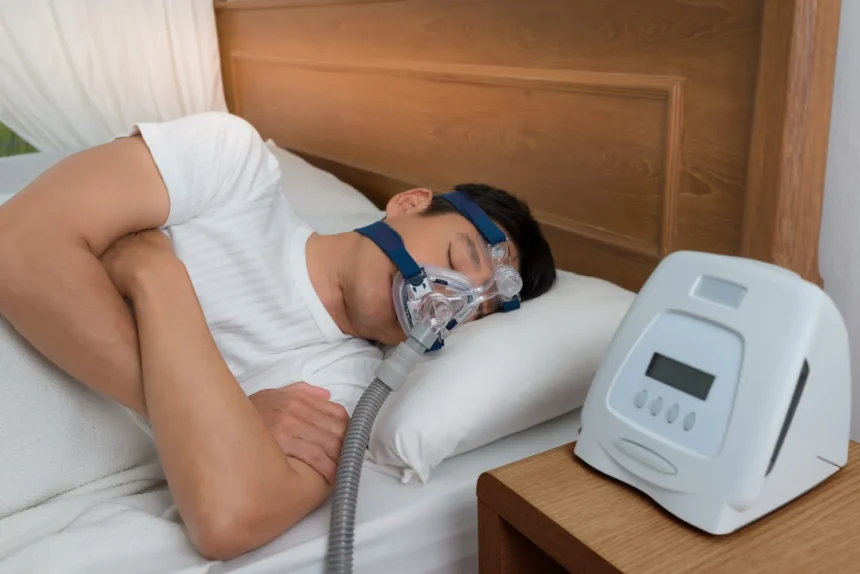As someone who has struggled with sleep apnea for years I know firsthand how important it is to find the right treatment. One common question I often hear is whether CPAP machines provide oxygen. In this article we’ll dive into the details and explore the relationship between CPAP therapy and oxygen.
What is a CPAP Machine?
CPAP or Continuous Positive Airway Pressure is a type of therapy used to treat sleep apnea. A CPAP machine delivers a steady stream of pressurized air through a mask worn over the nose and/or mouth during sleep.
This airflow helps keep the airways open preventing the pauses in breathing that characterize sleep apnea.
How Does CPAP Therapy Work?
When you have sleep apnea your airways repeatedly collapse or become blocked during sleep causing you to stop breathing for short periods. This can lead to a range of health problems including daytime fatigue high blood pressure and an increased risk of heart disease and stroke.
CPAP therapy works by providing a continuous flow of air that keeps your airways open throughout the night. The pressure is adjusted to your specific needs ensuring that you can breathe easily and consistently while you sleep.
Does a CPAP Machine Provide Oxygen?
Now let’s address the main question: do CPAP machines provide oxygen? The short answer is no. CPAP machines do not actually deliver oxygen to the user. Instead they provide pressurized air at room temperature and humidity levels.
The air delivered by a CPAP machine is the same air you breathe normally just at a higher pressure. This pressure is what keeps your airways open and allows you to breathe more easily during sleep.
When Might Oxygen Be Necessary?
In some cases individuals with sleep apnea may also have low blood oxygen levels. This condition known as hypoxemia can occur when the pauses in breathing are severe enough to cause a significant drop in oxygen saturation.
If you have both sleep apnea and hypoxemia your doctor may recommend using supplemental oxygen in addition to CPAP therapy. This typically involves using an oxygen concentrator or tanks to deliver pure oxygen through a separate tube that attaches to your CPAP mask.
Choosing the Right Equipment
If you do require supplemental oxygen it’s crucial to select the right equipment. One reliable source for oxygen concentrators is MainClinic Supply. Their blog the MainClinic Supply Blog offers valuable information and resources for those seeking oxygen therapy solutions.
When choosing an oxygen concentrator consider factors such as portability battery life and oxygen output. MainClinic Supply offers a range of options to suit different needs and lifestyles making it easier to find the perfect fit for you.
The Importance of Proper CPAP Usage
Whether or not you require supplemental oxygen it’s essential to use your CPAP machine correctly to get the most benefit from your therapy. This includes:
- Wearing your mask consistently every night
- Ensuring a proper mask fit to avoid leaks
- Regularly cleaning and maintaining your equipment
- Communicating with your doctor about any issues or concerns
By following these guidelines and working closely with your healthcare team you can effectively manage your sleep apnea and improve your overall health and well-being.
Conclusion
In summary while CPAP machines do not directly provide oxygen they play a crucial role in treating sleep apnea by delivering pressurized air to keep your airways open. If you also have low blood oxygen levels your doctor may recommend using supplemental oxygen in conjunction with CPAP therapy.
Remember everyone’s sleep apnea treatment plan is unique. By working with your doctor and using reliable resources like the MainClinic Supply Blog you can find the best solution for your individual needs and take control of your sleep health.






